In a dramatic escalation of the Gaza conflict on Friday, Hamas released a video showing two Israeli hostages captured nearly two years ago, as Israel intensified air strikes on Gaza City. The footage, purportedly filmed in Gaza’s densely populated northern district, surfaced just hours after Israeli jets pounded a high-rise residential block. The latest hostilities have compounded a dire humanitarian crisis, thrusting civilians deeper into peril and raising fresh international alarm over the conflict’s trajectory.
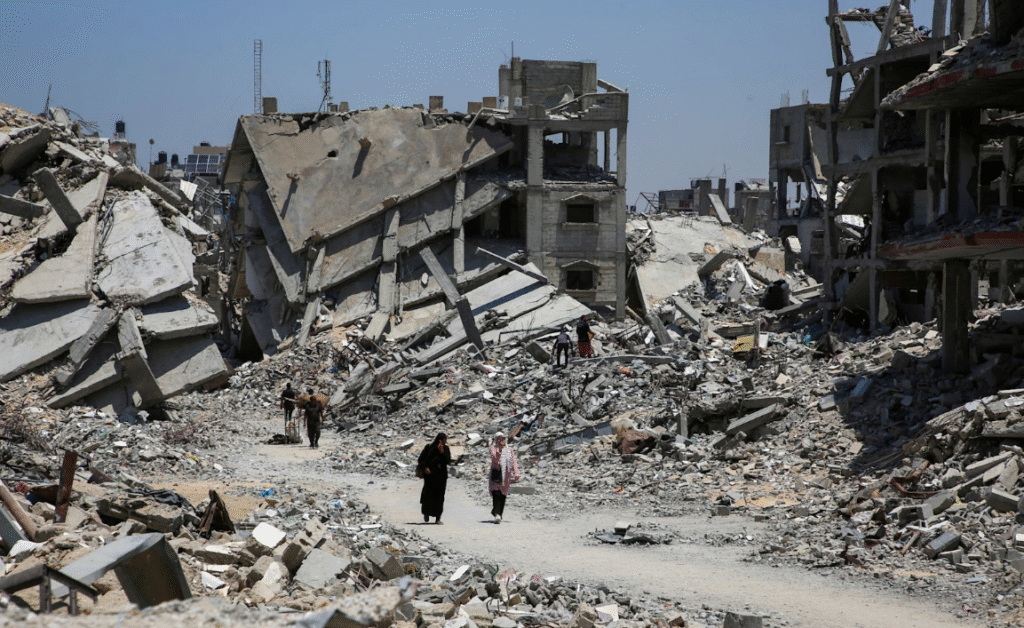
On a scorching afternoon, plumes of smoke rose from the ruins of a once-bustling neighbourhood in northern Gaza City. In the released video, an emaciated Israeli civilian, his image grainy and voice trembling, identifies himself and pleads for mediation. “I’ve been here since October 2023. Please help us,” he says, his words hanging over the distant rumble of explosions that punctuate the footage’s soundtrack.
Israeli military spokespeople confirmed late Thursday that fighter jets struck a 12-storey residential tower used by Hamas commanders as an “operational hub.” Civilians, they asserted, had been warned to evacuate through leaflet drops and radio broadcasts. Gaza health officials reported at least 18 deaths, including six children, and dozens wounded in the strike, exacerbating a mounting civilian toll.
Heated Exchanges
In Tel Aviv, Prime Minister Benjamin Netanyahu praised the strikes as “precise and just,” vowing to dismantle Hamas’s command infrastructure. “We will not rest until every cell that threatens Israeli lives is neutralized,” he declared in a televised address. Meanwhile, Hamas’s political chief in Doha denounced the bombardment as “barbaric aggression,” accusing Israel of collective punishment and urging Arab states to step up diplomatic pressure.
International leaders voiced mounting concern. The European Union’s foreign policy chief called for “immediate de-escalation” and unhindered humanitarian access, warning that Gaza’s civilian population cannot bear further devastation. The UN Secretary-General appealed for an urgent ceasefire and the release of all hostages, stressing that the cycle of bloodshed risks destabilizing the entire region.
In-Depth Analysis
Analysts note that this latest escalation follows stalled ceasefire talks in Cairo earlier this week. Political scientist Dr. Laila Mahmoud of the American University in Cairo observes a troubling pattern: “Every truce breakdown leads to heavier military responses and deeper entrenchment on both sides.” She points to historical precedents in southern Lebanon and the West Bank, where short-lived calm gave way to renewed violence and broader regional tensions.
Statistical data from the Gaza Health Ministry shows civilian fatalities have risen by nearly 40% in the past month alone, surpassing 2,500. Humanitarian agencies report that over 80% of Gaza’s population—some 1.9 million people—are now displaced, sheltering in overcrowded schools and UN facilities. Water and power supplies remain critically low, heightening fears of disease outbreaks.
What Comes Next
Diplomatic efforts spearheaded by Qatar and Egypt aim to broker another ceasefire before next week’s UN General Assembly session. However, insiders say the parties remain far apart on core demands: Hamas insists on a prisoner exchange for all Israeli captives, while Israel demands an end to rocket fire and militant tunneling.
Regional powers watch nervously. In Tehran, Iran’s foreign minister signaled increased support for Hamas “in line with resistance objectives,” while Washington dispatched a senior envoy to Jerusalem and Cairo to urge restraint. U.S. officials indicate they will press Israel to limit civilian harm, even as Congress debates new arms transfers to bolster Israel’s Iron Dome defences.
In Gaza City, civilians brace for renewed strikes. Aid workers warn that dwindling supplies and obstructed convoys could transform pockets of the territory into humanitarian black holes within days. “We’re locked in a race against time,” said a UN relief coordinator, highlighting the urgent need for corridors to deliver food, medicine, and fuel.
As night falls over Gaza, the skies crackle with anti-aircraft flares and distant booms. The fate of the hostages, the shattered skyline, and the embattled civilians hangs in the balance, embodying a conflict that shows no sign of abating—and whose repercussions will reverberate far beyond the war-torn enclave.






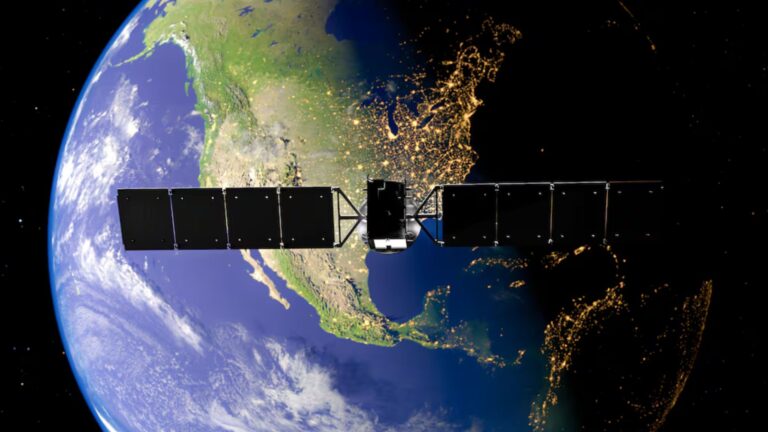
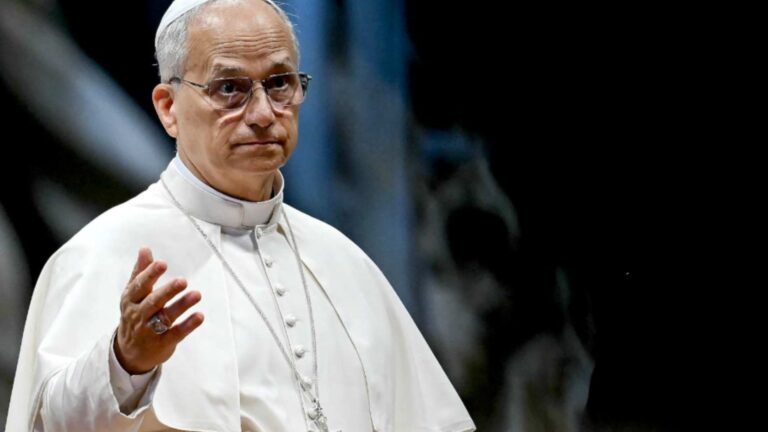
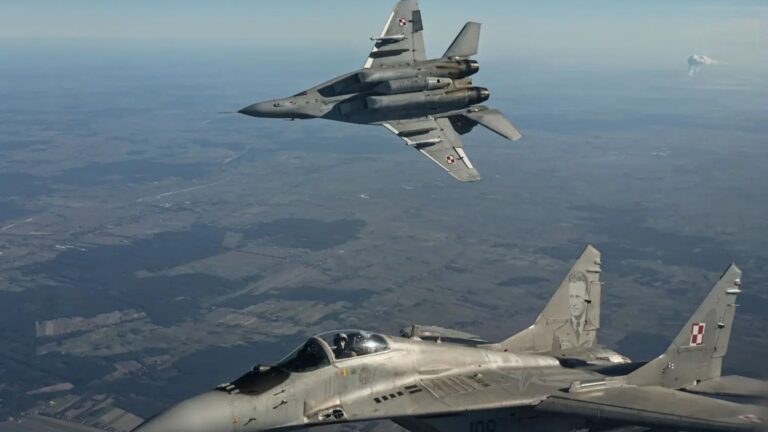

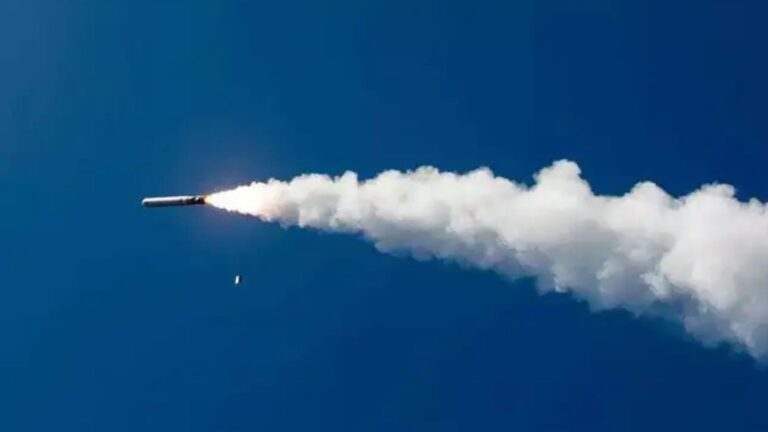
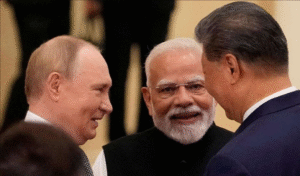
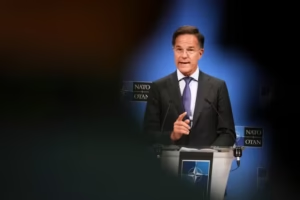

Your point of view caught my eye and was very interesting. Thanks. I have a question for you.